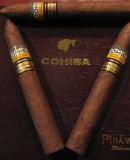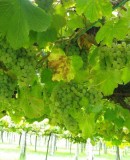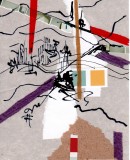Vinos De Argentina - Argentinian Wines
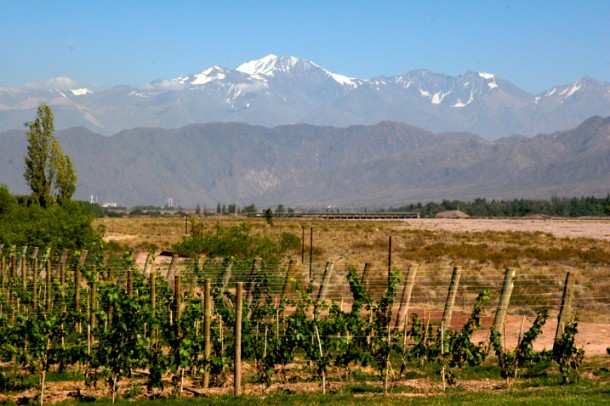 EL MUNDO EN LA MESA Sábado 3.03.12 Diario Sur
EL MUNDO EN LA MESA Sábado 3.03.12 Diario Sur
Vinos De Argentina
Argentinian Wines
AJ Linn
The Jesuit missionaries were the first to plant vines in South America. They had no intention of making wine to sell, merely for their own enjoyment and to serve at mass.
Sir Edmund James Palmer Norton (1865-1984) was another sort of missionary, a railroad engineer, and one of the many who went to the Continent to build a network that would span every country. Born in Germany but brought up in England, Norton worked on the highest railway in the world at the time, the Transandindo, linking Chile and Argentina. Once his work was completed he decided to stay on and set up the first commercial winery in the Argentinean region of Malbec. He is credited with being the first European to recognise the potential of the region. Bodegas Norton still exists.
Currently the Mendoza Valley produces 70% of all Argentine’s wines, and is often referred to as the Napa Valley of South America. 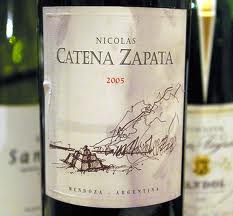 However there are big differences; it hardly ever rains and is ten times bigger in area than Napa, and at a higher altitude. But 30 years ago Napa had 20 bodegas and now it has 200. Many experts believe that Mendoza will eventually establish itself as the world’s most important wine region. Flying wine-maker Michel Rolland, who travels the world to visit his 100+ clients, has chosen Mendoza as the location for his first personal commercial venture.
However there are big differences; it hardly ever rains and is ten times bigger in area than Napa, and at a higher altitude. But 30 years ago Napa had 20 bodegas and now it has 200. Many experts believe that Mendoza will eventually establish itself as the world’s most important wine region. Flying wine-maker Michel Rolland, who travels the world to visit his 100+ clients, has chosen Mendoza as the location for his first personal commercial venture.
In the USA Argentinean wines are more popular than in Europe, where Chile is the preferred option, probably because the Malbec grape – unquestionably the key to Mendoza’s success – has much in common with Californian varieties but at half the price for the American consumer.
The French region of Cahors has for centuries been famous for its ‘black’ wine, ideal accompaniment to heavy local dishes such as cassoulet. The grapes used are Cot and Auxerrois, which are the same as Malbec, the term now applied to these varieties as it sells better.
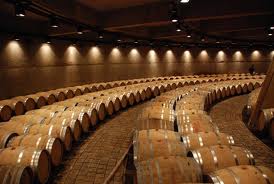 While Europeans have gone overboard for Chilean wines and Americans for Argentinean, it must be admitted that what Mendoza produces is at the forefront of the Continent’s quality products. Of all the wineries few have a better pedigree than Catena Zapata, an Italian family that arrived at the beginning of the 20th century, and has gradually established itself as a front-runner for outstanding wines made from the Malbec grape. They also make a Chardonnay as it should be made, greasy and full of flavour, and a Cabernet Sauvignon.
While Europeans have gone overboard for Chilean wines and Americans for Argentinean, it must be admitted that what Mendoza produces is at the forefront of the Continent’s quality products. Of all the wineries few have a better pedigree than Catena Zapata, an Italian family that arrived at the beginning of the 20th century, and has gradually established itself as a front-runner for outstanding wines made from the Malbec grape. They also make a Chardonnay as it should be made, greasy and full of flavour, and a Cabernet Sauvignon.
If you really want to get into Argentinean wines, look for what is often referred to as the country’s best kept secret, the Bonarda. This grape variety was brought from Piedmont by immigrants, and is the basis of the success of the classic Italian wines of Barolo and Barbaresco.
Disclaimer: The views, opinions and positions expressed within this guest article are those of the author AJ Linn alone and do not represent those of the Marbella Marbella website. The accuracy, completeness and validity of any statements made within this article are not guaranteed. We accept no liability for any errors, omissions or representations. The copyright of this content belongs to AJ Linn and any liability with regards to infringement of intellectual property rights remains with the author.




